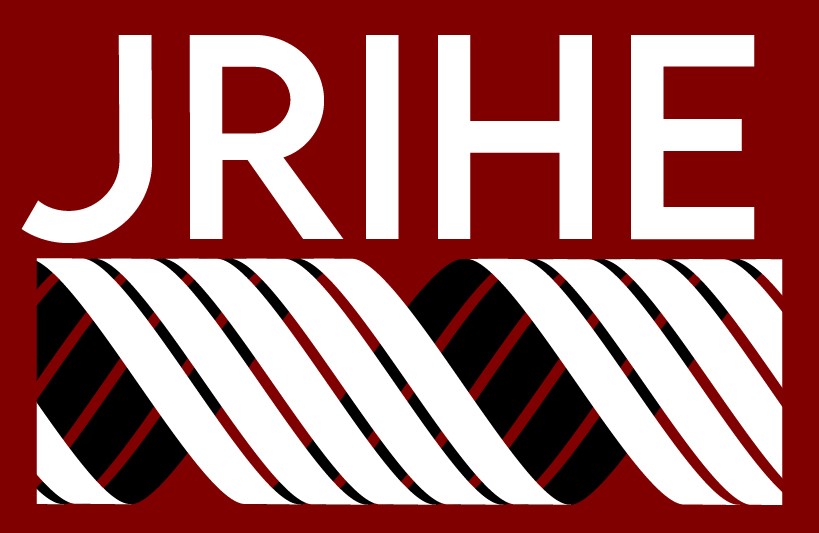Governance mechanism in research and innovation in Ethiopian higher education institutions: The case of Mekelle University

Published 2023-06-22
Keywords
- governance mechanism,
- research and innovation,
- HEIs,
- Mekelle University
How to Cite
Copyright (c) 2023 Tsegay Girmay Hagos

This work is licensed under a Creative Commons Attribution 3.0 Unported License.
Abstract
The paper sets to explore the research and innovation governance mechanisms in Ethiopian higher education by taking the case of Mekelle University. The Ethiopian Higher Education (HE) system sets a legal framework to govern the academic and research missions of universities. However, evidence shows that high government interventions and poor coordination mechanisms hinder the effectiveness of the research and innovation missions of universities. The paper employed a qualitative research methodology to collect and analyse the data. As a result, the collected extensive literature review, relevant and official HE researches and innovation governance documents, institutional legal documents, and key informant interviews indicate evidence of loose coordination, fragmented governance structure, and prominent level of government intervention, as major actual features in the research and innovation governance practice of Mekelle University. Based on the empirical evidence, the paper concluded that with loosely handled governance practice and complete state dominated higher education system, where universities are completely deprived of meaningful institutional autonomy, it is unlikely to achieve their research and innovation missions. Therefore, the paper recommends for research and innovation governance overhaul to significantly improve the coordination mechanism thereby enhance relationship between the state, universities, community, and relevant stakeholders.

